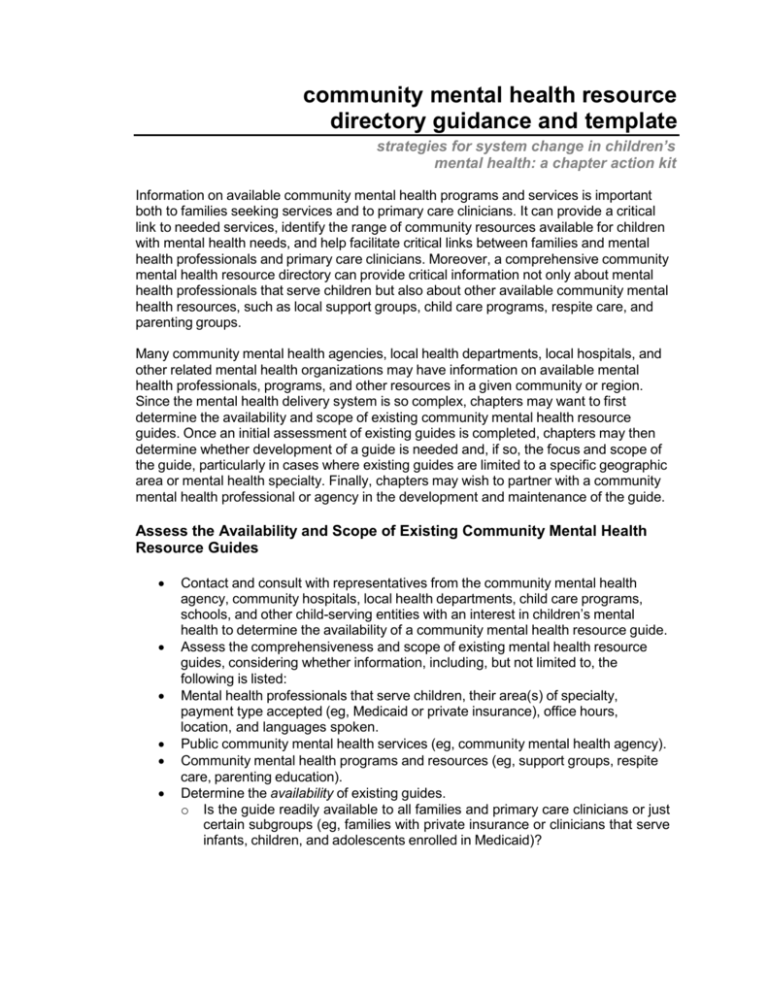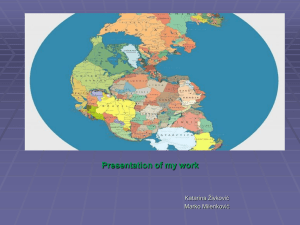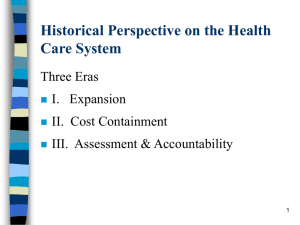community mental health resource directory guidance and template
advertisement

community mental health resource directory guidance and template strategies for system change in children’s mental health: a chapter action kit Information on available community mental health programs and services is important both to families seeking services and to primary care clinicians. It can provide a critical link to needed services, identify the range of community resources available for children with mental health needs, and help facilitate critical links between families and mental health professionals and primary care clinicians. Moreover, a comprehensive community mental health resource directory can provide critical information not only about mental health professionals that serve children but also about other available community mental health resources, such as local support groups, child care programs, respite care, and parenting groups. Many community mental health agencies, local health departments, local hospitals, and other related mental health organizations may have information on available mental health professionals, programs, and other resources in a given community or region. Since the mental health delivery system is so complex, chapters may want to first determine the availability and scope of existing community mental health resource guides. Once an initial assessment of existing guides is completed, chapters may then determine whether development of a guide is needed and, if so, the focus and scope of the guide, particularly in cases where existing guides are limited to a specific geographic area or mental health specialty. Finally, chapters may wish to partner with a community mental health professional or agency in the development and maintenance of the guide. Assess the Availability and Scope of Existing Community Mental Health Resource Guides • • • • • • Contact and consult with representatives from the community mental health agency, community hospitals, local health departments, child care programs, schools, and other child-serving entities with an interest in children’s mental health to determine the availability of a community mental health resource guide. Assess the comprehensiveness and scope of existing mental health resource guides, considering whether information, including, but not limited to, the following is listed: Mental health professionals that serve children, their area(s) of specialty, payment type accepted (eg, Medicaid or private insurance), office hours, location, and languages spoken. Public community mental health services (eg, community mental health agency). Community mental health programs and resources (eg, support groups, respite care, parenting education). Determine the availability of existing guides. o Is the guide readily available to all families and primary care clinicians or just certain subgroups (eg, families with private insurance or clinicians that serve infants, children, and adolescents enrolled in Medicaid)? • Determine the accessibility of existing guides. o Is information provided in Spanish and/or other prominent languages that are spoken by families living in a local community or region? o Is information written at a reasonable readable level? • Determine the reliability of the resource guide information. o How often is the resource guide updated and by what means (eg, community surveys or electronic updates)? o What types of mental health professionals (eg, all mental health professionals or only providers that pay for a listing) are listed and how is that determined and by whom? Community Mental Health Resource Guide Template The following template provides an overall guide to key information for inclusion in a community resource guide: 1. Type of provider (please check one): Mental health professional Please specify type (eg, psychiatrist, psychologist, or licensed clinical social worker): Community mental health agency Hospital Local health department Other, please specify: 2. Age groups of children served (please check all that apply): Birth to 11 months 1 to 4 years 5 to 10 years 11 to 21 years 3. Types of evidence-based child and adolescent psychosocial interventions1 provided to children and their families (please check all that apply): Cognitive behavioral therapy Behavior therapy Parent training Educational support Interpersonal therapy Family therapy Applied behavioral analysis Other, please specify: 4. Any programs provided to children and their families (please check all that apply): Consultation to child-serving organizations and providers (eg, early childhood programs or primary care clinicians) Home visiting Parenting education Respite care Outpatient treatment Day treatment Others:2 5. Payment type accepted (please check all that apply): Private insurance (list all that are applicable) Medicaid Self-pay Sliding scale Other: 6. Hours of operation (please list): 7. Office location(s) (please list): 8. Any targeted services provided (eg, multilingual speaking staff, interpreters, or outreach to underserved families): 9. Other pertinent information: References 1. SAMHSA’s National Registry of Evidence-based Programs and Practices. Available at: www.nrepp.samhsa.gov 2. References for Evidence-Based Programs for Young Children. Available at http://pediatrics.aappublications.org/cgi/reprint/125/Supplement_3/S155.pdf



